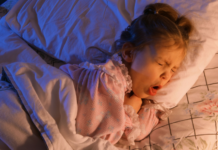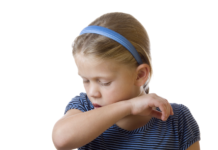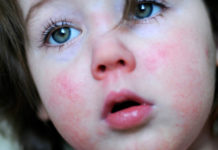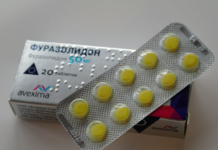If a child’s ear hurts for a long time, or intense sudden pain occurs, this is always a reason for immediately contacting a pediatrician and otolaryngologist. The goal is not to start the inflammatory process, which quickly becomes purulent in children.
An older child may complain of sharp or aching pain in the ear. The baby will “tell” about her suffering with inconsolable crying, torsion of the head, grabbing the hand of a sore ear and giving up her chest or her beloved bottle of milk.
To distinguish and identify all types of diseases with the appearance of pain in the ears is only capable of a qualified specialist. He will evaluate and take into account the accompanying symptoms and prescribe the correct treatment regimen in each individual case.
Material Content:
Causes of pain
The most likely cause of pain in the ears in children, especially young children under 5 years of age, is average bacterial otitis media or acute inflammation of the tissues of the middle ear (auditory tube, tympanic cavity, mastoid process). This is a pathology that develops with damage to the ear by pathogens - pneumococci, hemophilic and Pseudomonas aeruginosa, staphylococci. Without treatment, the process in babies up to 3 years quickly spreads to another - a healthy ear.
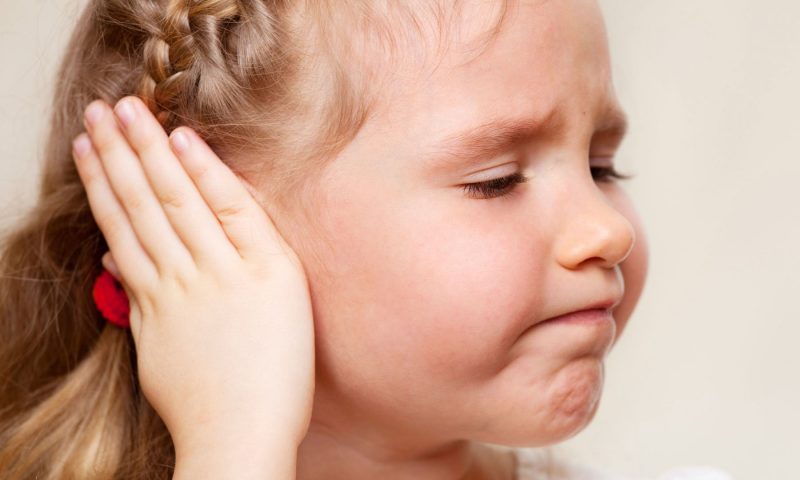
Other types of otitis media are diagnosed:
- External otitis media (inflammation of the auricle, external auditory canal, eardrum). In this case, inflammation can occur in the form of the formation of a painful boil or purulent diffuse (diffuse) inflammation of a chronic nature.
- The internal (severe inflammatory process of the inner ear - labyrinthitis) is much less common.
But pains in the ears of varying degrees of intensity arise not only due to otitis media.
There are pathological conditions in which an ear without a temperature hurts:
- ear damage, eardrum injury, insect bite;
- the formation of sulfuric plugs (accompanied by stuffy ear and hearing impairment);
- penetration of a foreign object into the ear canal;
- water ingress;
- increased blood or intracranial pressure;
- manifestation of an allergic reaction (usually on both sides);
- tumors.
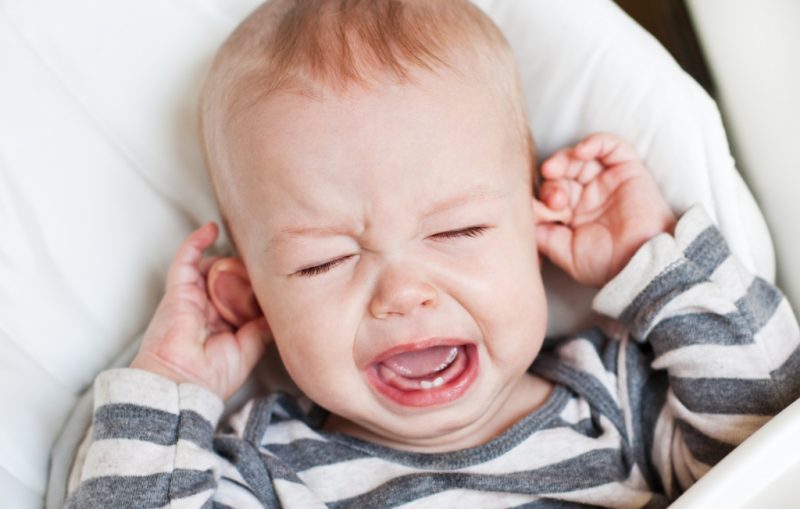
Among other causes of painful sensations inside and outside the ear, pathologies such as:
- otomycosis - a fungal infection (accompanied by itching);
- mastoiditis - a complicated condition after otitis media - inflammation of the mucosa
- mastoid of the temporal bone;
- Antritis - severe acute inflammation of the mastoid of the ear (antrum) in infants (often weakened or premature) and the surrounding tissues.
In addition, it should be understood that soreness in the ear:
- may appear as an “echo”, with irradiation (recoil) of pain in the teeth, in the throat (with angina, pharyngitis), with mumps (mumps);
- is one of the signs of diseases of neighboring organs in the nasopharynx (sinusitis, sinusitis), eyes, neck, brain.
How to relieve pain - first aid
How to eliminate the pain tormenting the child, but not harm, that is, not provoke a deterioration in the condition of the baby?
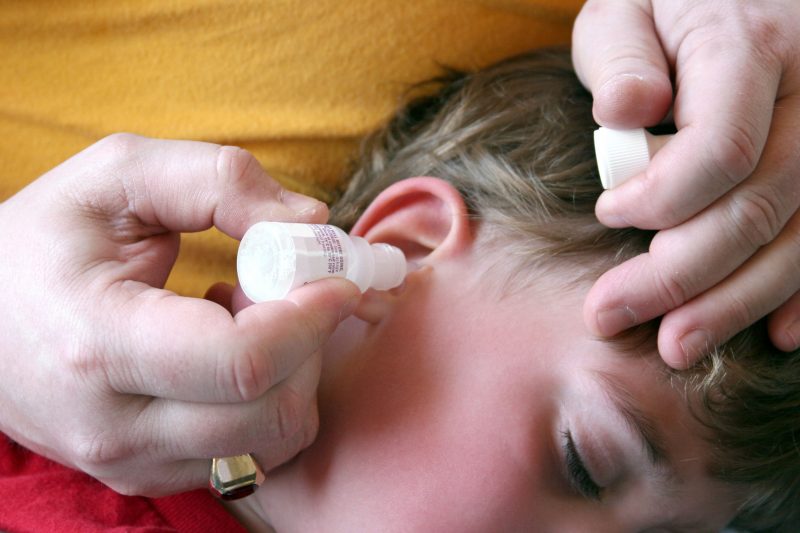
Basic rules:
- Introduce the baby vasoconstrictor drops into the nose. They will quickly remove the swelling of the mucous membrane of not only the nose, but also the auditory tube, reducing the pressure from the inside to the middle ear and membrane, improving ventilation and outflow from the middle ear cavity of inflammatory secretions
- To instill drops removing pain in the ear according to the instructions. The most effective medication in pediatrics is Otipax, Otirelax, which, in addition to the anti-inflammatory component, also includes the pain medication Lidocaine. In acute pain, the child is allowed to instill a local anesthetic Lidocaine in the form of a spray or in an injection solution from an ampoule. You can either drop 2-3 drops of the solution (2%) from the ampoule (warm), or make a cotton tourniquet, soak it in a lidocaine solution or spray it from the spray (10%), squeeze out the excess fluid and put it into the ear canal. It is allowed to use a solution of Novocaine 0.5 - 2%. Drops from otitis media need to be warmed up to body temperature, simply by holding a pipette in a glass of hot water or holding it in the palm of your hand. Important! Use of boric alcohol for instillation into the ears of children under 12 years of age is not allowed because of its toxicity. When treating adolescents, a gauze pad soaked in an alcohol solution and carefully wrung out is put into the ear.
- To quickly alleviate pain, give the baby a combination of antipyretic, analgesic and anti-inflammatory effect (in an age dose), even if he does not have a fever. Syrups, suspensions, tablets are selected, taking into account the age of the child: Analgin (the highest analgesic effect), Paracetamol (Panadol), Ibuprofen (Nurofen, Mig-200). For babies and young children, you can use candles (Panadol, Cefekon, Efferalgan). Teenagers over 12 years old are relieved of pain using Saridon, Nimegesic, Nise, Nimulid, Nimesil. The very strong analgesic drug Ketoprofen for acute pain in a single dose is allowed for adolescents from the age of 15 years. Important! Aspirin up to 12 years of age is prohibited, due to the threat of a serious complication - Reye's syndrome with cerebral edema and liver damage.
- With the initial manifestations of the disease (at an early stage of catarrhal otitis media), when there is no temperature and discharge from the ear, mild warming gives a good effect. Use dry heat (rooms, a warm scarf attached to the ear), the use of a “blue lamp”. Such procedures activate blood flow, resolve inflammatory phenomena, relieve pain.
- The application of an alcohol compress, like dry heat, has a beneficial effect on the condition of the child with otitis media.
Folded in several layers of gauze make a hole for the eye. Gauze is impregnated in vodka or 2% camphor alcohol diluted in half with water; it is applied not around the ear itself, but around it. Top cover with polyethylene, a layer of cotton and fix with a handkerchief.
Important:
- it is impossible to hold a compress for more than 3 hours (especially leave it overnight) so as not to cause a skin burn
- in order to prevent burns, the skin around the ear and the auricle itself are greased with a greasy (non-moisturizing) baby cream;
- a compress (like any warming) is prohibited at temperature and discharge of pus from the ear. Excess heat can provoke a rapid spread of inflammation to internal structures with severe consequences for the child.
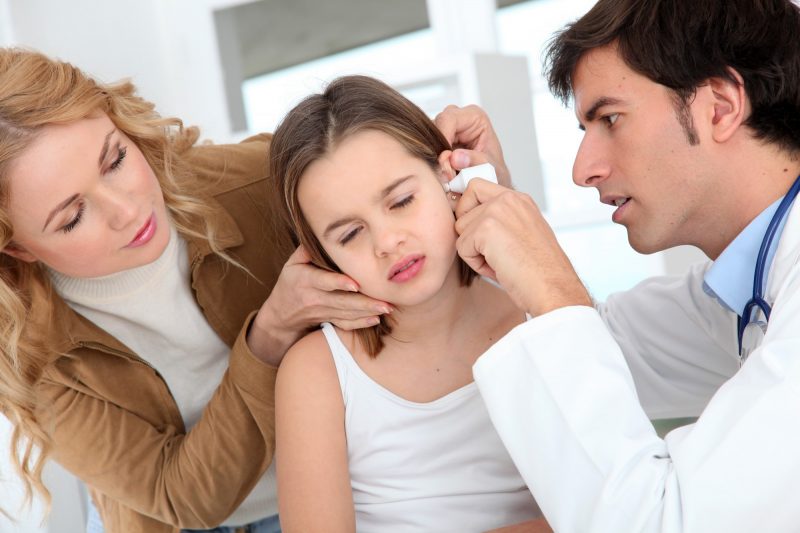
The child should definitely be shown to the pediatrician if:
- pain in the ear increases or does not decrease, persisting for 24 to 48 hours;
- pain is accompanied by temperature;
- there is redness and swelling in the ear area;
- any kind of discharge from the ear is observed (mucus, yellowish, watery, bloody discharge);
- submandibular lymph nodes swell, a sore throat appears.
Read also:ear drops with ear congestion
Ear hurts inside, outside

The ear inside often hurts with pathologies such as:
- labyrinthitis, otitis media, including complicated purulent conditions, such as epithympanitis (pain usually increases with pressure on the tragus);
- accumulation of sulfur inside the ear;
- caries or pulpitis of the teeth (more often - on the upper jaw);
- finding water deep in the ear canal;
- mastoiditis (throbbing pain, swelling behind the ear, leakage from the ear canal, fever);
- rupture of the eardrum (sudden sudden pain);
- meningitis (accompanied by severe headache, vomiting, fever).
Pain outside the auricle can be caused by:
- diffuse external otitis media (become stronger when you press on the tragus);
- an abscess in the tissues of the auricle or ear canal (usually acute pain occurs when contacting the ear or touching the suppuration zone);
- hit by a foreign body;
- inflammation of the bone of the temporomandibular joint (swelling near the ear and cheek-cheekbone area, soreness when chewing and talking);
- perichondritis - inflammation of the perichondrium of the auricle;
- skin damage, eczema;
- inflammation of the facial nerve.
What to do and how to treat an ear pain in a child
Effective folk remedies
Home-made recipes based on traditional medicine for ear pain in a baby sensible parents use only after determining the exact diagnosis by the otolaryngologist. Like medicinal drops, many substances should not be used for perforation of the eardrum, fungal or viral otitis media, and more severe ear pathologies.

We must not forget about the acute allergic reaction that often occurs in young children with plant and animal substances - up to laryngeal edema and anaphylaxis, which threaten the life of the child.
The thermal effect at elevated temperature and suppuration in the ear can also cause serious harm to the child.
With the approval of a pediatrician or pediatric ENT doctor, it is allowed to use:
- heated salt in a linen bag, sand to warm the ear;
- camphor oil (from 2 years), as an anti-inflammatory and painkiller;
- alcohol tincture of calendula, aloe juice, which also remarkably relieve pain and inflammation.
Children older than 5 years of age can be buried in the ear (not more than 3 drops) by heating the solution to body temperature.
The best method for treating young children is to use cotton wool or gauze swab dipped in camphor oil, aloe, calendula solution (also heated in a water bath), which is introduced into the ear for 2 to 3 hours.
The urgent advice of all pediatricians is not to experiment with folk recipes for ear pain in a child: you can miss the time for successful treatment with medications and allow catarrhal inflammation to turn into a purulent process.
Drops from otitis media
The elimination of pain in the ear in the baby is directly related to the treatment of the disease established by the doctor. Parents should remember that strong drug solutions with an antibiotic or glucocorticosteroid are prescribed only for serious processes accompanied by acute inflammation.

Therapy for children involves the use of ear drops:
- with catarrhal otitis media - drugs with non-hormonal anti-inflammatory substances and anesthetic - Otipaks, Otinum (only with the permission of the pediatrician), Otirelax;
- with a deep inflammatory process caused by a bacterial infection, drops with antibiotics and hormones that quickly stop inflammation are used: Tsipromed (from 1 year old), Candibiotic (from 6 years old), Fugentin (from 3 years old), Polydex (from 2.5 years old) ; Garazon (from 8 years old);
- with purulent otitis, Anauran is used (from 12 months), which is prescribed to infants up to a year, if absolutely necessary, under the supervision of an otolaryngologist; Otofa (an antibiotic of the rifamycin group). Both drugs are approved for use in perforation of the eardrum.
Breasts up to a year are prohibited almost all ear drops, except for painkillers. More often, babies with otitis media up to 12 months old are treated in a hospital in order to notice negative changes in the baby’s condition in time and prevent complications.
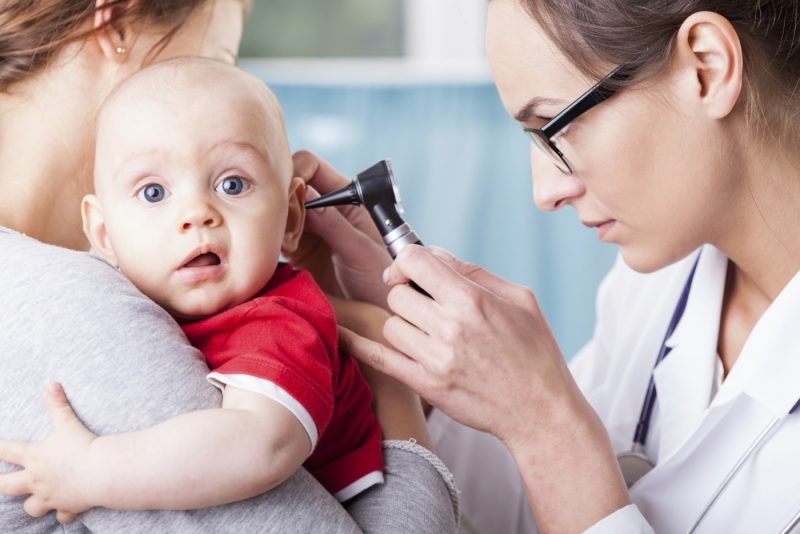
If the pain in the ear is caused by a sulfuric stopper, the doctor, making sure that the child does not have otitis media, can prescribe special drop solutions that dissolve the ear samples. They loosen the sulfuric clot, which is easily displayed outside. The main children's drops: Tserumen (from 2.5 years old), Otipaks, Aqua Maris Oto (from 4 years old).
What can not be done with ear pain in a child
Before examining a child at a pediatrician or otolaryngologist, it is prohibited:
- use ear sticks and try to clean the ear canal from the discharge (use only flagella twisted from gauze or cotton wool);
- to bury medicinal solutions in the ear if mucus, pus, blood is released from it, the child complains of tinnitus, hearing loss - these symptoms may indicate perforation (rupture) of the eardrum;
- drip oil, alcohol, drops not allowed for use in pediatrics into the ear of a small patient;
- use drops with antibiotics until an accurate diagnosis is made, since a child may have otitis media of fungal origin and antibacterial drops will lead to a worsening of the condition;
- rinse the ear from a syringe, a children's enema;
- warm the ear in any way at a temperature and discharge from the ear canal;
- warm your ears with a hairdryer: possible damage to the eardrum.
It is interesting:pain under the right shoulder blade from behind from the back




